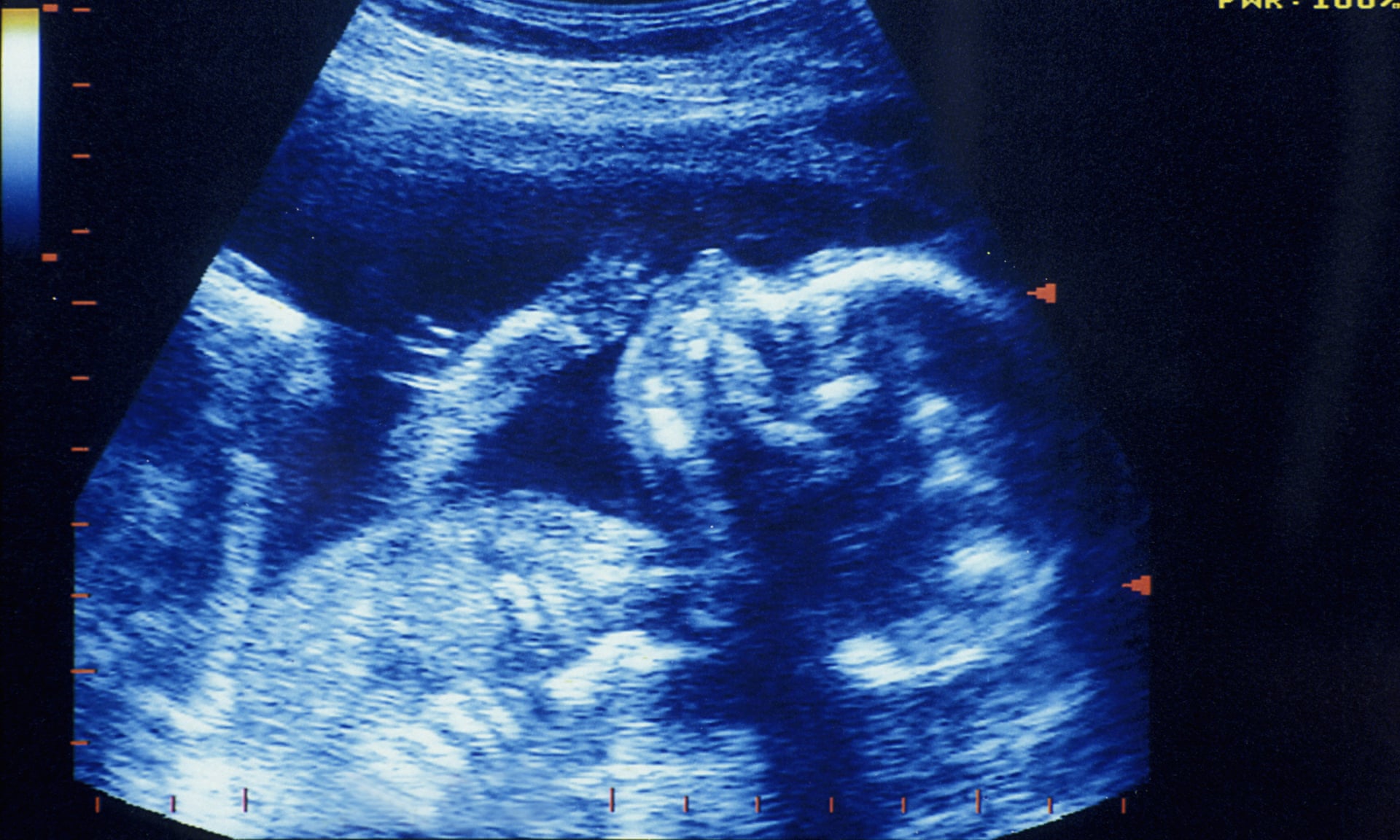Photograph: Vincenzo Lombardo/Getty Images.
This article originally appeared in The Guardian on 1st May, 2017. Written by Aarathi Prasad.
In 1924 the evolutionary biologist JBS Haldane coined the term ectogenesis to describe pregnancy in humans provided through an artificial womb. Haldane imagined that artificial wombs might become so popular by 2074 that only a small minority – fewer “than 30% of children” – would then “be born of woman”.
In one sense, the journey to ectogenesis had already started in 1880, when the French obstetrician Etienne Stéphane Tarnier built a crude incubator – essentially a wooden box for infants, outfitted with a compartment to hold a hot-water bottle. Tarnier’s simple box reduced the mortality of premature babies by nearly a half, but his design did not become much more technologically sophisticated until the 1950s.
By the 1960s experiments began on incubators that would function smarter – almost like the womb itself. They attempted the creation of an artificial placenta – a complex, specialised organ that should provide life support until a foetus develops to a stage where it is able to perform these functions on its own. A truly artificial womb would need to replicate all the placenta’s functions, not just the womb’s fluids, bacteria and other stuff essential to the making of life. These 1960s experiments used lamb, goat and rabbit foetuses, but ultimately always failed, due to contamination or the catastrophic problems of maintaining circulation to the foetus’s hearts.
The incubators we have today may look sleek and efficient, yet the way they function and what they provide have essentially not changed in decades. While the incubators can provide warmth and humidity, they still cannot give any of the nutrients necessary for growth. Instead, a premature baby must have tubes inserted into his or her body to deliver nutrition via needle-like catheters inserted directly into the veins. The baby will also be sedated, at least some of the time, to stop her from pulling inserted tubes out, and to decrease or prevent any discomfort or pain. Moreover, infection around the tubes is a serious threat, and can lead to severe problems for the child’s future health, should she survive. However you look at it, the incubators we have today are still a poor substitute for the mother’s womb.
Currently, about 22 weeks of pregnancy is the earliest any baby has survived birth. But 80% of babies born at 23 weeks and younger do not survive; and for the 20% who do – kept alive in incubators – there can be significant health issues, a result of their immature organs. These babies show high rates of chronic lung disease: underdeveloped lungs are a major battle in sustaining the very premature, for whom respiratory failure is the most common challenge.
But the fragile state of the lungs is not the only concern for the parent of a premature baby; the brain also needs a great deal of medical attention. It is only at 37 to 40 weeks of gestation – full term – that the brain passes certain key milestones that allow it to provide support for life outside the womb. Because the brain develops over a more protracted timespan than the other organs, it is only about 28 to 40 weeks after conception that the striking growth and refinement of its wiring takes place. And because the brain is relatively immature at birth, it is more susceptible to injury from premature arrival in the outside world.
For this reason, up to 95% of extremely premature babies born at 24 weeks will have issues – including blindness, profound deafness, cerebral palsy, and learning and other motor disabilities. Remaining in the womb just one month longer, to 28 weeks, dramatically lowers the rate of health complications to between 38% and 46%.
So the news that premature lambs have grown healthily to term in the most sophisticated incubator to date is incredibly exciting. The lambs used in the development and trials of the device, in which they could be supported for up to four weeks, were the equivalent of an extremely premature human foetus, at 22 to 24 weeks into gestation.
The new device looks less like the boxy, hospital incubation units we are familiar with, and more like liquid-filled, plastic Ziploc bags, with a single black tube plugged in, at the location of the umbilical cord. Inspired by the way a foetus naturally relates to its mother, the device is comprised just of fluid and oxygen-carrying circuits (that allow a continuous removal of waste fluid and flow of nutrients), and an artificial placenta connected to a “Biobag” containing artificial amniotic fluid.
Photograph: Partridge et al/Nature Communications
In it, the lambs went from small, pink, thin-skinned foetuses to recognisably mature animals. As they grew, they opened their eyes, became more active, made breathing and swallowing movements, and grew a coat of wool.
Having matured outside their mothers’ wombs, these lambs, once weaned from this new system, were able to breathe independently, with no significant abnormalities of the lungs, brain or heart: or, interestingly, of the liver or kidneys – organs to which a pregnant mother is normally required to contribute nutrients so that they function correctly.
This type of technology offers the most plausible chance yet for the possibility that an artificial womb may yet become a reality – a device in which an embryo might be brought to full term. Over the years scientists wary of the ethical tangles involved have become silent (or been silenced) on its creation. The researchers behind the Biobag have been similarly clear that their goal is not to use it to push back the current limits of when a foetus can survive outside the human womb. But the idea of babies carried to term “outside of woman” is no dystopian vision, and neither is it fanciful in motivation or practicality.
Until the report of this new device, the idea of creating a fluid circuit that can successfully serve as a placenta, and work alongside an amniotic sac was seemingly too complex, and too dangerous to picture outside of science fiction. Not any more. And there is a case for an artificial womb being a better option than a woman’s.
Women – even young women – without wombs (some from birth, others as a result of disease) are no small minority. During pregnancy up to 15% of women are believed to use alcohol, and about 5% use illegal drugs. Drug use, illegal or not, is known to have potentially disastrous consequences for an unborn child. For many women who use IVF to become pregnant, the time, pain and expense are wasted when their babies fail to implant in their own wombs.
Giving birth can endanger the health of older women, or women with certain health conditions. An artificial womb could present a better alternative to commercial surrogacy, which many denounce as exploitative. It might also mean that the divide between mother and father can be dispensed with: a womb outside a woman’s body would serve women, trans women and male same-sex couples equally without prejudice.
If an artificial womb is created, it will mean that women will be freed from the dangers of pregnancy, and create a more equal distribution of “labour”, with women able to work throughout gestation. It will also give men an essential tool to have a child entirely without a woman, should they choose. It will ask us to question concepts of gender and parenthood.
Nonetheless, a fully functional artificial womb will undoubtedly present entirely new ethical dilemmas, including some we may not yet be ready to negotiate. But it could offer, at least, solutions to inequalities that we find intractable today.



